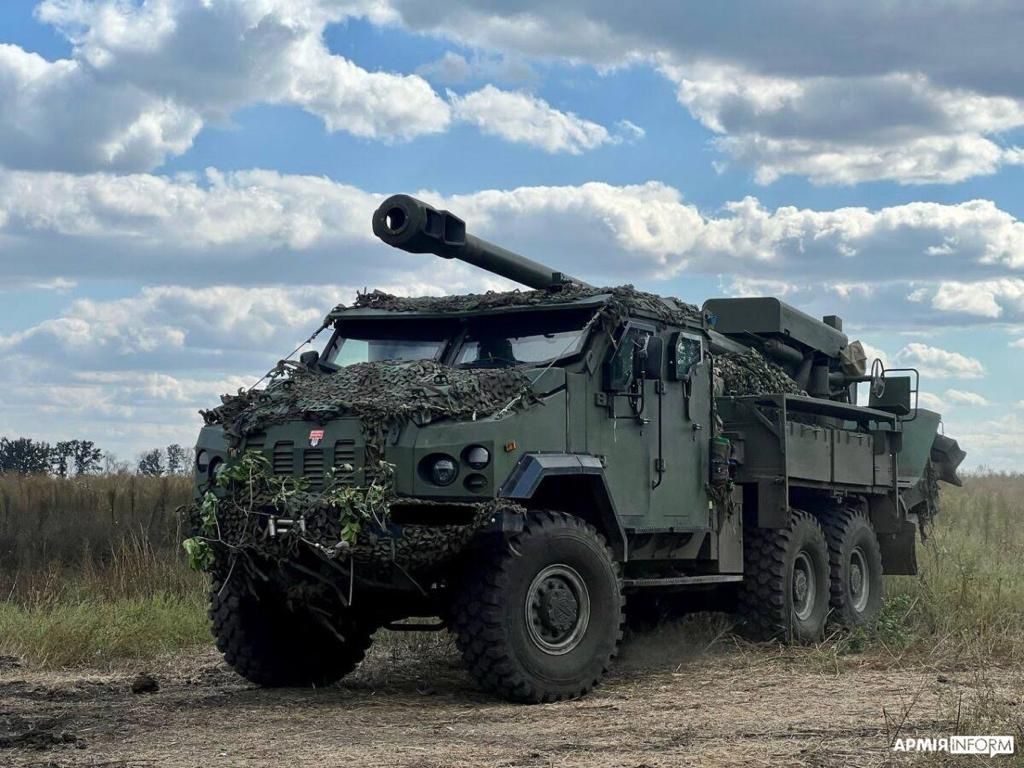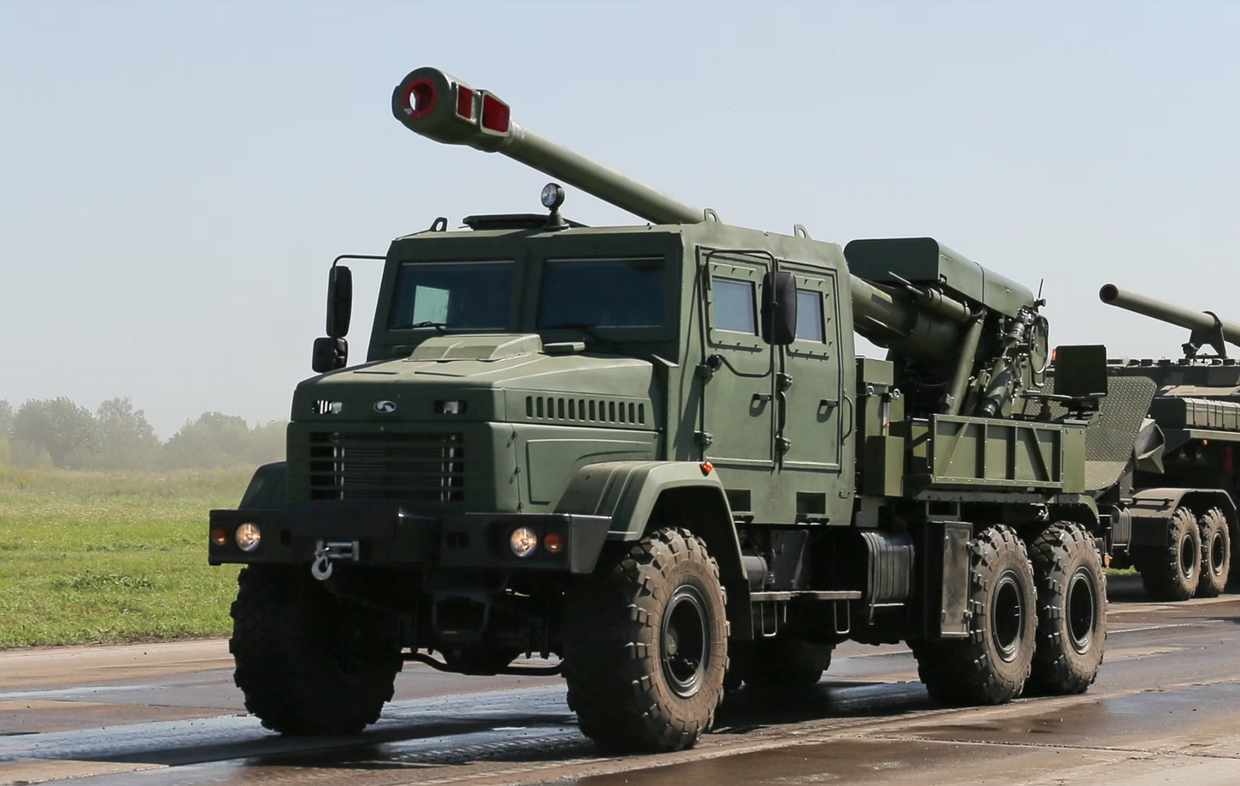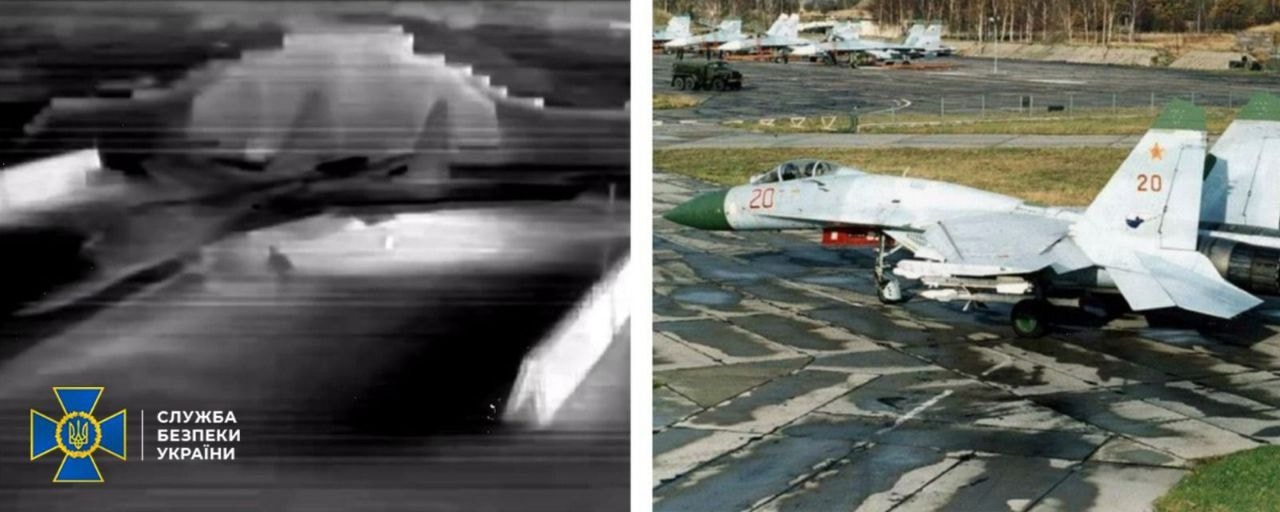18 Bohdana howitzers delivered to Ukraine, courtesy of Denmark — here's what they can do

Ukraine's artillery capabilities have received a welcome boost with the news that 18 domestically-made Bohdana howitzers financed by Denmark have been handed over to the Ukrainian military.
The purchase of the artillery units is part of a Danish-Ukrainian agreement that donates arms to Kyiv via direct purchases from the Ukrainian defense industry.
Such an agreement is needed as Kyiv's defense budget does not match the capacities of its domestic weapons production.
The Bohdana – or the 2S22 Bohdana to give it its full title – is a self-propelled howitzer, essentially an artillery gun on a truck chassis with a 42-kilometer firing range.
These types of guns give armed forces a "shoot and scoot" ability, a valuable advantage over towed artillery pieces.
From the moment a towed artillery piece is fired, it is vulnerable to detection by the enemy, and moving it can be a time-consuming process that requires a suitable vehicle.
A self-propelled howitzer can drive into position, fire off multiple rounds in under a minute, and be out of range of counterfire before the enemy has had time to organize.
Sweden's Archer and France's Caesar are considered two of the best in the world and are both currently in action in Ukraine, though in limited numbers.
The Bohdana is Ukraine's take on the Caesar and Archer and is intentionally designed to emulate them with the hope that if Kyiv's domestic weapons production ramps up significantly, they will play a critical role on the battlefield.
"From the point of view of hardware – that is the actual artillery part – it fully corresponds to modern Western howitzers with a 155/52 barrel," Andrii Kharuk, a weapons expert, told the Kyiv Independent in April.
A shaky start
After three years of design and development, the Bohdana made its first public appearance in 2018 when a prototype took part in the Kyiv Independence Day Parade on Aug. 24.
"Its crucial features are high mobility, precision, range capability, as well as rapid firing speed," Oleksandr Turchynov, then-chairman of Ukraine's National Security and Defense Council, said at the time.
It was a rare site – only one had been manufactured and it would be nearly five years until a second saw the outside of a factory.
Test firings and further development were undertaken in the years following right up until Russia's full-scale invasion in February 2022 – an event that nearly led to the destruction of the only Bohdana in existence at that time.

Its biggest success – so far
By May 2022, it was at the front, and in June of that year, it played a pivotal role in the liberation of Snake Island, located 35 kilometers (22 miles) from the mainland of Odesa Oblast.
Captured by Russian forces at the onset of the full-scale invasion, the island was the scene of one of the key moments of the early stages of the invasion.
On Feb. 24, 2022, two Russian warships attacked the island and told the Ukrainian border guards to surrender. One of the Ukrainian border guards famously responded: "Russian warship, go fuck yourself" – a phrase which became a symbol of Ukrainian resistance.
Occupying Snake Island effectively allowed Russian forces to launch a blockade of Odesa's Black Sea ports and its liberation with the help of the Bohdana prototype led to establishment of the U.N. and Turkey brokered Black Sea Grain Initiative, which resumed grain and other agricultural exports to the rest of the world.
By the beginning of 2023, mass production of the Bohdana was underway.
Bohdana’s capabilities
The latest version of Bohdana is a 28-tonne machine crewed by five people, with the aforementioned 155 mm howitzer mounted on an eight-wheeled Tatra 815 chassis (earlier versions were mounted on a six-wheel-drive KrAZ-6322 truck).
It can fire several types of shells up to 50 kilometers at a rate of five per minute, including the U.S.-made Excalibur, an extended-range artillery shell.
The Bohdana was built specifically for NATO-standard shells rather than Soviet-era 152 mm, given that the biggest stocks of such projectiles were held by Russia, and these would be out of reach of Ukraine’s Armed Forces.
For much of the war, adapting to 155 mm ammunition has allowed Ukraine's Western allies to ship vast quantities to Kyiv.
However, this supply almost dried up in the face of procurement issues and delays in U.S. aid, though the situation is reported to have improved in recent months, and Western arms companies are dramatically stepping up production.
But there may be another issue with the Bohdana, according to Kharuk.
"There are certain problems with the reloading mechanism – it was not there at all on the first Bohdanas, now, according to some reports, it does not always work reliably," he told the Kyiv Independent.

Mass production
Zelensky's announcement that 10 Bohdanas would roll off Ukrainian production lines in April was a relatively small but significant sign of Kyiv's push to increase domestic weapons production amid growing uncertainty about the supply of weapons from partners abroad.
According to Strategic Industries Minister Alexander Kamyshin, Ukraine's defense industry has a capacity worth around $20 billion, but the state can muster only up to $10 billion to purchase weapons and equipment.
While still in its fledgling phase, the push for domestic weapons production has already had some successes.
Ukraine has its own versions of drones, sea drones, and planned versions of air defense systems.
Additionally, German arms manufacturer Rheinmetall plans to set up at least four factories in Ukraine to produce artillery shells, military vehicles, gunpowder, and anti-aircraft weapons, with the first one opened in June.
Ukraine aims for foreign partners to invest around $10 billion into producing Ukrainian weapons in 2024 as part of a campaign called Zbroyari: Manufacturing Freedom, Kamyshin said.
In late December last year, Zelensky said Ukraine had tripled its domestic production of equipment and weapons in 2023 compared to the year before.
Ukraine's Strategic Industries Minister Alexander Kamyshin said in May that Ukrainian companies could produce additional $10 billion worth of weaponry if financed.
The Danish agreement with the Bohdanas was the first such a deal penned with Ukraine in June of this year.
"I hope that more countries will follow the Danish model for procurement in Ukraine. The Ukrainians' opportunities to produce equipment are greater than the funding they have right now," Danish Defense Minister Troels Lund Poulsen said on July 10.
"When I was in Ukraine this spring to visit a number of defense industry companies in Kyiv, I became convinced of the possibilities of supporting Ukraine through acquisitions directly via the Ukrainian defense industry," he said in a press release.
"In this way, we ensure that the equipment that the Ukrainians demand at the front can be produced and delivered close by. It provides some obvious logistical advantages while helping to build the defense industry in Ukraine."















